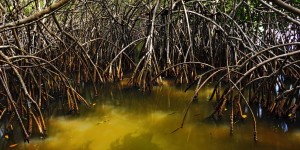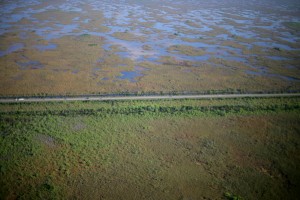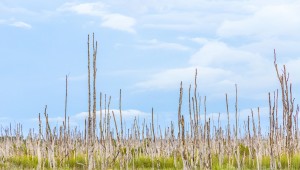 Everglades restoration is a hot topic right now, and we’d like to share as much news and updates about progress as we can. Why? Well without the beautiful Everglades, there would be no airboat tours, of course, never mind the fact that hundreds of birds, animals, and plants could possibly disappear from the Earth forever. With that said, the North American Coastal Plain, which includes the Everglades, was recently declared by the Conservation International of the North Atlantic Coastal Plain (NACP) as a Global Hotspot – it is number 36.
Everglades restoration is a hot topic right now, and we’d like to share as much news and updates about progress as we can. Why? Well without the beautiful Everglades, there would be no airboat tours, of course, never mind the fact that hundreds of birds, animals, and plants could possibly disappear from the Earth forever. With that said, the North American Coastal Plain, which includes the Everglades, was recently declared by the Conservation International of the North Atlantic Coastal Plain (NACP) as a Global Hotspot – it is number 36.
This designation will help the ecosystems in Florida, including the Everglades, tremendously. The North American Coastal Plain stretches from northern Massachusetts all the way down to the Florida Keys. Right now, the Everglades is a US National Park, a UNESCO International Biosphere Reserve and a RAMSAR Convention Wetland of International Importance. Although it already has all of this global recognition of being such a special place, this recognition calls even more attention to how threatened the wetlands truly are.
To be considered a biodiversity hotspot, an area has to support more than 1,500 endemic vascular plans, while also experiencing more than 70 percent habitat loss. This description fits the Everglades as it is known for its large biodiversity and shrinking habitats due to damming and climate change. It is unclear why it has taken so long to receive this distinction but Evelyn Gaiser, executive director of the School of Environment, Arts, and Society, thinks that because it is relatively young ecosystem, the Everglades’ true diversity has been unrecognized until now. The area developed around 4,000 years ago.
She states, “Protection and restoration of the Everglades is dependent on our ability to predict and influence its future as it responds to these changes. It also depends on the level to which citizens understand and value it, and engage in fostering a viable future for its inhabitants and functions”
This new status helps the Everglades receive recognition as a threated area beyond the state of Florida. All of the world understands that this place is a rare wetland area on the Earth that is home to many unique and endangered living organisms and fresh water.
Enjoy the Everglades
We live in a world that is now working to protect the Everglades. Keeping the Everglades alive and well will ensure so much wildlife can flourish for years to come, while us humans can enjoy the area for pleasure and scientific purposes. Do you want to explore the Everglades firsthand? Take a trip to the Everglades for your chance to see a diverse ecosystem like no other. Airboat tours of the Everglades give visitors an up-close-and-personal view of the country’s treasure. Call Captain Mitch’s Airboat Tours at 239-695-3377 or click here to book a trip today!
 This past Earth Day, the Everglades received great news – a new bridge will be built to restore the flow of water flowing into Everglades National Park.
This past Earth Day, the Everglades received great news – a new bridge will be built to restore the flow of water flowing into Everglades National Park. Back in March, the U.S. Corps of Army Engineers released an update about the massive restoration effort that was launched back in 2000. The update: the cost of the restoration has doubled to $16.4 billion. This report is issued every five years to update Congress on progress of the project done by both the Corps and Florida.
Back in March, the U.S. Corps of Army Engineers released an update about the massive restoration effort that was launched back in 2000. The update: the cost of the restoration has doubled to $16.4 billion. This report is issued every five years to update Congress on progress of the project done by both the Corps and Florida.






